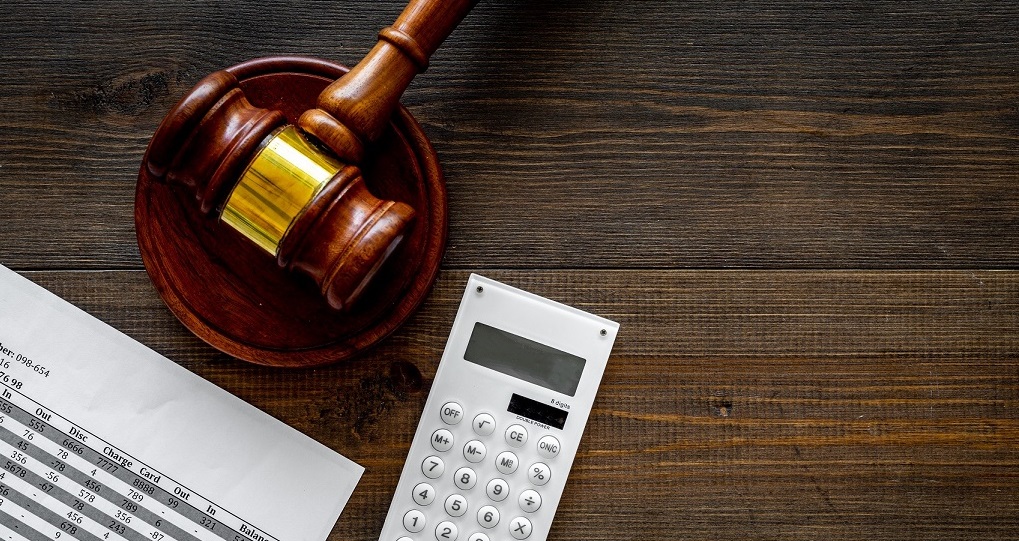With business insolvencies set to rise in 2022 as governments withdraw support measures that have helped businesses stay afloat during the COVID-19 pandemic, it has never been more important to know how to identify insolvency, understand what it means for businesses experiencing financial distress and be aware of the options available to those businesses.
What is insolvency?
A business becomes insolvent when it is unable to pay its debts when they fall due. In determining whether a business is insolvent, the court applies a cash flow test which involves an assessment of the ratio of current assets to current liabilities, with a secondary focus on whether the business has an overall net surplus according to its balance sheet.
How can I tell if a business is insolvent?
Determining whether a business is insolvent or likely to become insolvent is not always a straightforward exercise. Often, it can involve the consideration of complex financial issues which necessitate the assistance of an expert accountant.
Some of the key indicators which can assist people in identifying insolvency include:
- continuing losses;
- inability to produce timely and accurate financial information;
- creditors unpaid outside trading terms;
- solicitors’ letters or demands;
- suppliers placing the business on cash-on-delivery terms;
- payment arrangements with creditors;
- payments of round sums to creditors which are not reconcilable with any specific invoices;
- inability to obtain finance;
- overdue commonwealth and state taxes; and
- dishonoured cheques.
It is important for both the people involved in the business and third parties dealing with the business to be aware of these key indicators as insolvency can have significant consequences for a number of key stakeholders.
What are the options available for businesses that can’t pay debts when they are due?
The options which may be available for insolvent businesses depend on the how the business is structured, namely, whether it is operated by a company, an individual sole trader or a partnership.
The most common corporate insolvency procedures for an insolvent company are:
- Liquidation (also referred to as “winding up”) – this is the process by which a company’s assets are liquidated and the company closed or deregistered. A liquidator is appointed to collect, and deal with the company’s assets and, where possible, to make a distribution to the creditors. The liquidator also has the power to conduct investigations into the failure of the company, the conduct of its directors and the conduct of third parties including associated entities and creditors.
- Voluntary Administration – this is the process where an insolvent company is placed in the hands of an independent person (known as a “voluntary administrator”) who takes control of the company for the purpose of allowing the director or a third party time to find a way to save the company or its business. If it is not possible for the director or a third party to come up with a plan to save the company or its business, the voluntary administrator aims to administer the company’s affairs to obtain a better return to creditors than if the company had been immediately wound up. A mechanism for achieving these aims is a deed of company arrangement (DOCA) which is commonly used by companies in voluntary administration.
- Receivership – this is the process by which an independent registered liquidator (the receiver) is appointed by a secured creditor (or the court) to take control of some or all of the company’s assets. The secured creditor can appoint a receiver because they hold a security interest that allows them to do so. The receiver’s role is to collect and sell the secured assets to repay the debt owed to the secured creditor and to report possible offences to ASIC.
The most common personal insolvency procedures for an insolvent person (including a sole trader) or individuals in a partnership are:
- Bankruptcy – this the process where a bankruptcy trustee is appointed to control the bankrupt’s property and financial affairs with a view to releasing the bankrupt from most of their debts, providing relief, and allowing them to make a fresh start. The trustee’s role is realise the bankrupt’s assets for the benefit of unsecured creditors and conduct investigations into the conduct of the bankrupt.
- Personal Insolvency Agreement (PIA) – this is a legally binding agreement between the insolvent individual and their creditors. A PIA involves the appointment of a trustee to take control of the individual’s property and make an offer to creditors. A PIA can be a flexible way to come to an arrangement to settle debts without becoming bankrupt.
- Debt agreement – similar to a PIA, this is a legally binding agreement between the insolvent individual and their creditors which details how an insolvent individual will settle their debts. Unlike a PIA, certain eligibility criteria must be met before a bankrupt can enter into a debt agreement. If the relevant criteria is satisfied, a debt agreement (similar to a PIA) can be a flexible way for an individual to come to an arrangement to settle debts without becoming bankrupt.
Consequences for the insolvent
Directors of insolvent companies and insolvent individuals have a number of obligations and responsibilities in each of the above processes. It is important for them to understand these obligations and liabilities as there are serious consequences for failing to comply. Further:
- in corporate insolvencies, directors and shareholders may be liable for a number of matters, for example, they may be asked to pay back funds such as dividends or overdrawn directors loan accounts or may be liable for personal guarantees they have given to the company’s creditors if the business goes into insolvency; and
- in bankruptcy, the bankrupt is faced with a number of restrictions which may affect their ability to retain future income, travel, obtain credit, take legal action or work in certain professions.
Do I need a lawyer?
If facing insolvency, it is important that you know your options. You should seek advice from your financial and legal advisors upon determining that you or your company may be insolvent. By acting early, and prior to creditors taking adverse action, you will be maximising your prospects of a better outcome.
We have significant experience acting for insolvent individuals and companies and both for and against external administrators.












